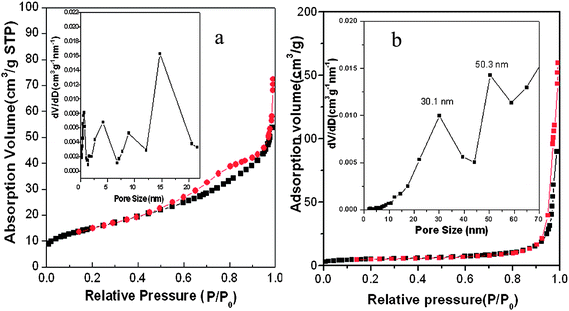
AgNWs after coating with a SnO2 shell change optical properties and, due to red shift of the absorbance maxima of the longitudinal and transverse surface plasmon resonance (SPR), modes can be excited by the light from the. The reversible capacity of SnO(2)/WO(3) core-shell nanorods is 845.9 mA. This study presents core/shell Ag/SnO2 nanowires (Ag/SnO2NWs) as a new photocatalyst for the rapid degradation of organic compounds by the light from the visible range. WO(3) nanorods are uniformly coated with SnO(2) nanoparticles via a facile wet-chemical route. SnO2 core−shell heterostructures lithium-ion batteries self-assembly silicon. The results open a way for enhancing the reversible capacity of alloy-type metal oxide anode materials with a novel mechanism by which nanostructured metallic tungsten makes extra Li(2)O (from SnO(2)) reversibly convert to Li(+).

The resulting novel core-shell heterostructures exhibit remarkable synergy in large, reversible lithium storage, delivering a reversible capacity as high as 1869 mA h mA g(-1) after 100 charging-discharging cycles. Compared to other conductive dopants, the SnO2 nanowires with a high theoretical capacity (790 mA h g(-1)) can contribute outstanding electrochemical reaction kinetics, further adding value to the ultimate electrochemical performances. (2) The SnO2 nanowires serve as a conductive coating (shell) to enable efficient electron transport due to a relatively high conductivity, thereby improving the cyclability of silicon. SiO 2-coated SnO 2CSNWs show a dramatic improve- ment of the selectivity towards hydrogen. The two building blocks, hand in hand, play a wonderful duet by bridging their appealing functionalities in a complementary way: (1) The silicon hollow nanospheres, in addition to the major role as a superior capacity contributor, also act as a host material (core) to partially accommodate the volume expansion, thus alleviating the capacity fading by providing abundant hollow interiors, void spaces, and surface areas. The amorphous SiO 2-shell layer with varying thick- nesses (1.810.5 nm) is grown onto the SnO 2nanowires (NWs) by atomic layer deposition (ALD). A facile self-assembly approach is proposed to decorate silicon hollow nanospheres with SnO2 nanowires.

Meanwhile, the uniform core-shell ZnOSnO2nanoparticles is extremely favorable to the growth of inorganic perovskite films. Construction of graphene/inorganic fibers with the core-shell hollow structure using graphene as skeleton has been rarely reported. Here, we expect to address these inherent deficiencies simultaneously with an interesting hybridization design. The core-shell ZnOSnO2nanoparticles size is 8.1 nm with the SnO2shell thickness of 3.4 nm, and the electron mobility is seven times more than SnO2nanoparticles. Single-capillary electrospinning has been exhibited to be a simple and scalable method for fabricating nanofibers. Developing an industrially viable silicon anode, featured by the highest theoretical capacity (4200 mA h g(-1)) among common electrode materials, is still a huge challenge because of its large volume expansion during repeated lithiation-delithiation as well as low intrinsic conductivity.


 0 kommentar(er)
0 kommentar(er)
